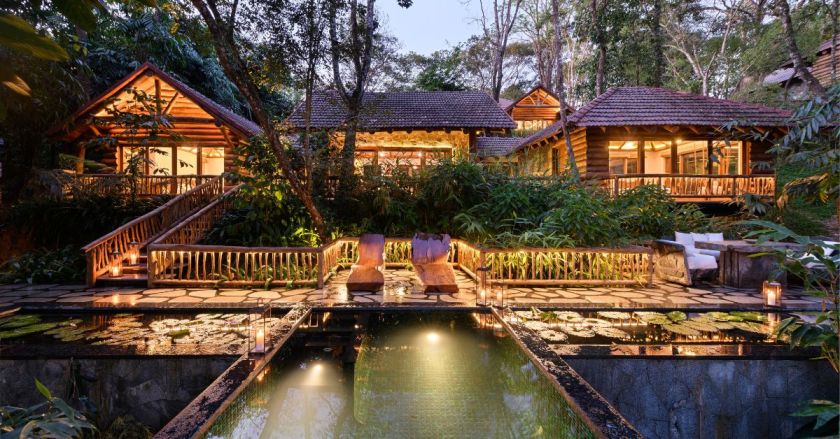
This article is created by The Better India and sponsored by WingifyEarth
Bengaluru architect George Ramapuram decided to build a sustainable holiday home for his client not on, but around nature. Made with clay, stone and other natural materials, this abode has a unique design.
Bengaluru architect George Ramapuram of the firm Earthitects was on the lookout for a property to build a house for a client, when he spotted a beautiful hillside at Wayanad, Kerala.
George instantly fell in love with it. It was just a few kilometres away from Wayanad town, and the land looked like a hidden secret, waiting to be discovered.
“I just knew this place had to be saved from being converted into a concrete jungle. Also, my client wanted to be far away from city traffic, pollution and a fast-paced life. It was the perfect opportunity for me to retain the beautiful landscape and trees on the property,” he recalls.
And that was how the idea of the holiday home – Estate Plavu – was born. Time stands still here with the birdsongs dulling all other noises. When the morning sun sweeps through the thick foliage, the entire place takes on a golden glow.
But the most wonderful aspect of Estate Plavu (which means Jackfruit Tree in Malayalam) is that it is built ‘around nature’, and not on it.
No trees were cut in the process of converting the land into a sustainable home, with a love for nature at its core, George tells The Better India.
‘Building around nature and not on it’
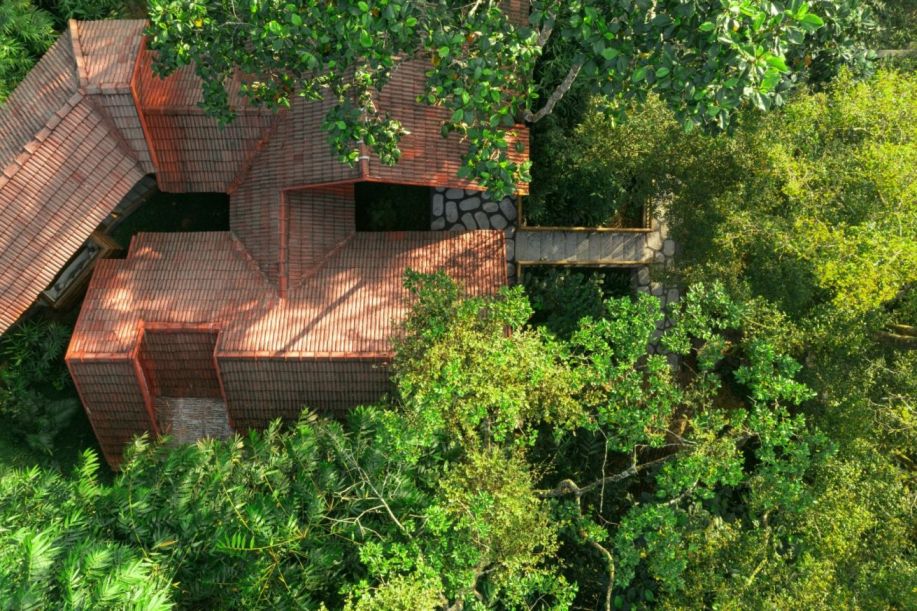
The house is located in Wayanad and is nestled among numerous trees. Picture credit: George Ramapuram
With his heart set on building a comfortable home in harmony with nature, George and his team started to brainstorm ideas. “We realised we needed a solid plan. One that would incorporate all the trees and rocks that were already there on the property,” George explains.
“The land was on a slope but we did not want to level it as it would mean uprooting most of the trees. But we needed to have enough space for a certain number of rooms and living spaces,” he adds.
Eventually, George and his team decided on a plan to build the home on different levels instead.
“The house would blend with the hillside itself. The different levels or lodges would all be connected so that the entire house is not one big mass. We planned the structures only in places where we were not interfering with nature. Whenever a tree came into the picture we decided to build a courtyard around it, at each level,” he says.
The architect said there were many instances when they had to change the plan to save a particular tree on the property.
“And just as we got the altering done, another tree would be found in some other corner. So there were a lot of revisions in the plan,” he recalls with a chuckle.
Stones walls, clay tiles and eucalyptus poles
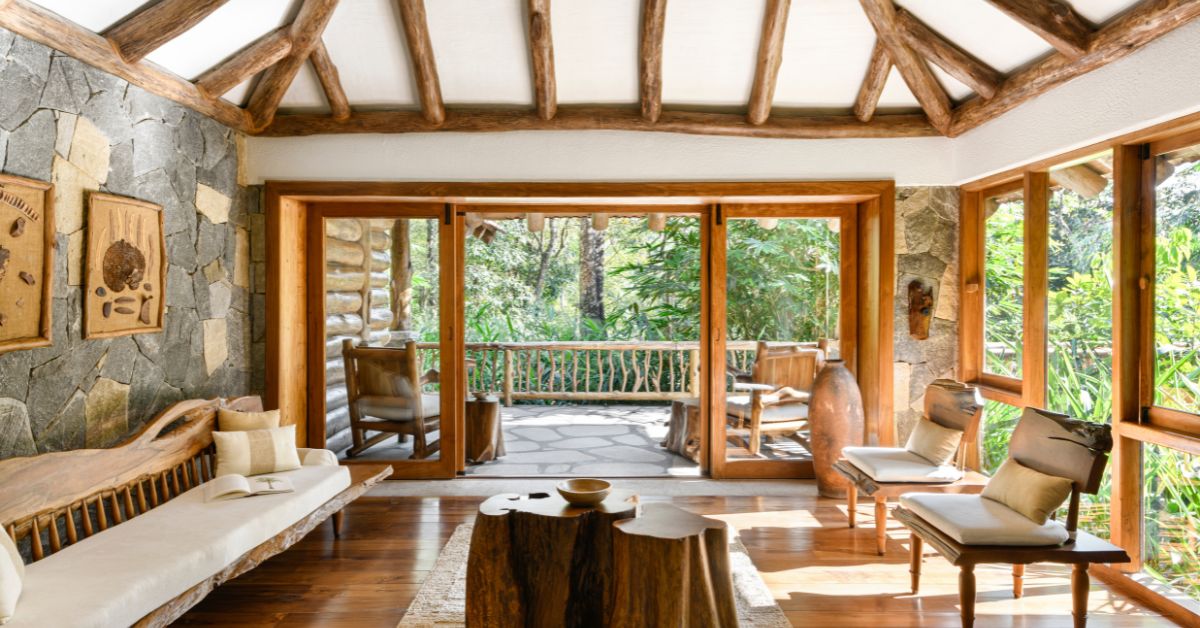
The entire house is built with natural materials such as stones and clay tiles. Picture credit: George Ramapuram
After weeks of planning, the construction of Estate Plavu began in 2017. It took the team around two and a half years to complete the project.
“We wanted to use natural materials that are locally available, nothing that consumes too much energy to produce. We have used stones from Kalpetta (a town in the mountainous Wayanad region) and random rubble to make the structure. We also wanted to make use of the local skill set. Stone masonry is dying as cement blocks are preferred over stone today,” he says.
Other natural materials used in Estate Plavu are wood for the floor, clay tiles for the roof, eucalyptus poles in the ceiling, customised-finish granite for counters, cobblestone for pathways, logs for rafters and stone for the deck floors.
Finding the right material for the roof was a task, George says, considering the rainy weather of the state.
“Concrete is extensively used for the roof in Kerala but we noticed that the concrete starts leaking after a point in heavy rains. To avoid this, many have started to build a tin sheet cover over the roof. But during the rains, it feels like a drum performance is going on above you, and during the summers, it heats up,” George explains.
After rounds of discussion, they zeroed in on clay tiles. “Firstly, they are not conductors of heat like tin sheets. Also, the tiles have spaces between them that trap air and help cool down the rooms. Although clay tile roofing requires a lot of skilled labour, time and patience in comparison to tin sheets, it is more sustainable in the long run,” he says.
Painting a picture of the estate, George says, “As you enter the property, the first level has a living space on one side with a bedroom, kitchen and dining area on the other. You go down a flight of stairs which will take you to other levels which have a washroom and a helper’s room. Go further down and you have another living area with two more bedrooms. If you go further down the hillside you will find a pool and a gazebo. You’ll also find various trees hugging the entire estate.”
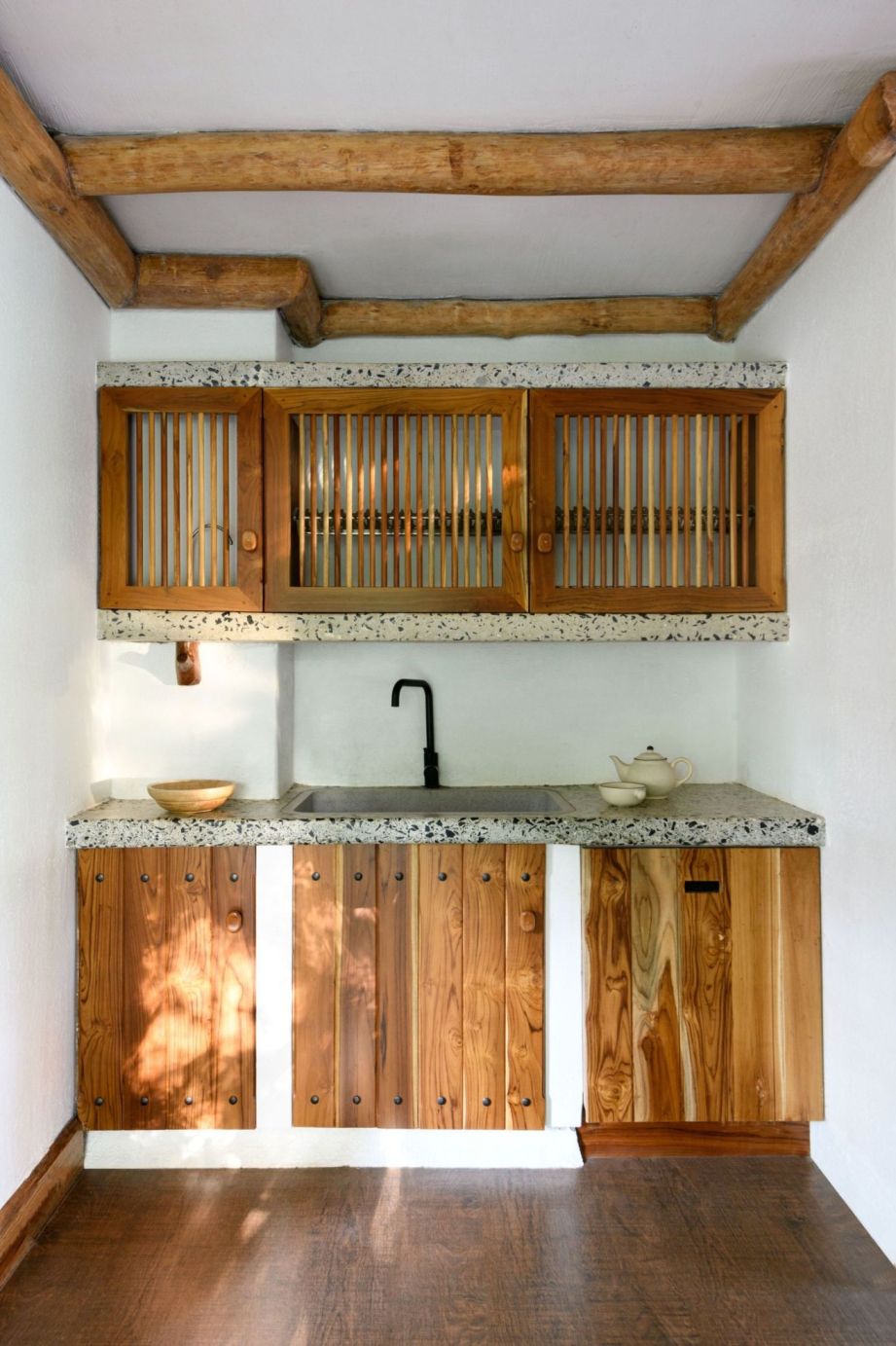
The estate took nearly 2.5 years to complete. Picture credit: George Ramapuram
‘Nature is the greatest architect’
The estate is now a holiday home to the Bengaluru techie who has been enjoying the silence and beauty of the property since 2020.
The owner, who doesn’t wish to be named, says, “There are two reasons why I love this property. Firstly I have immense love for nature, and the estate is surrounded by trees. Visiting this home is a unique experience, like visiting a temple. It is serene, quiet and humbling to be around so much of nature. Also, it is only a 15-minute drive from the town. When you enter the house it feels like you are entering a forest. It is rejuvenating and refreshing to stay at the estate.”
Meanwhile, George has always been keen on finding ways to make homes in harmony with nature, as an architect.
“In terms of sustainability and the times we are living in, I would say our forefathers are our best models. The houses they built are perfect examples of how one can live in harmony with nature. I believe we can get all our answers from nature,” he says.
He continues, “If we continue to destroy nature as we do now, we won’t be leaving anything for future generations. My son should be able to see nature in its glory in the years ahead. In terms of health too, what is better than living in tune with nature? Why live in a concrete jungle when we can turn things around? We, at Earthitects, focus on living with nature without harming it.”
“I believe nature is the greatest architect, and we have to be in tune with it while building homes,” he signs off.

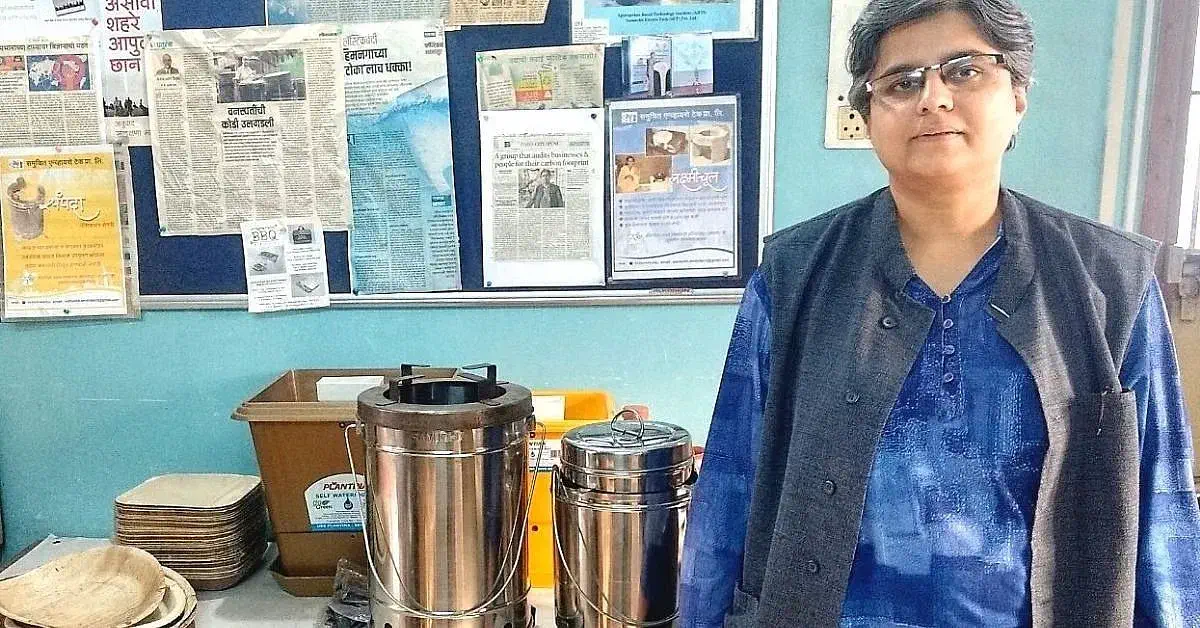
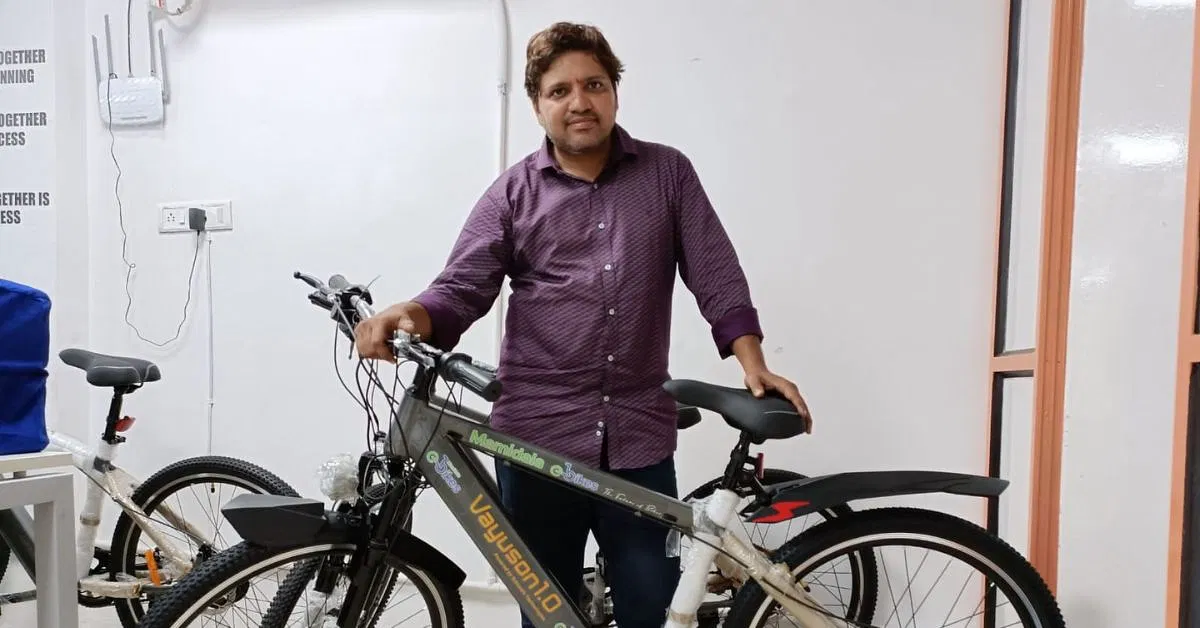
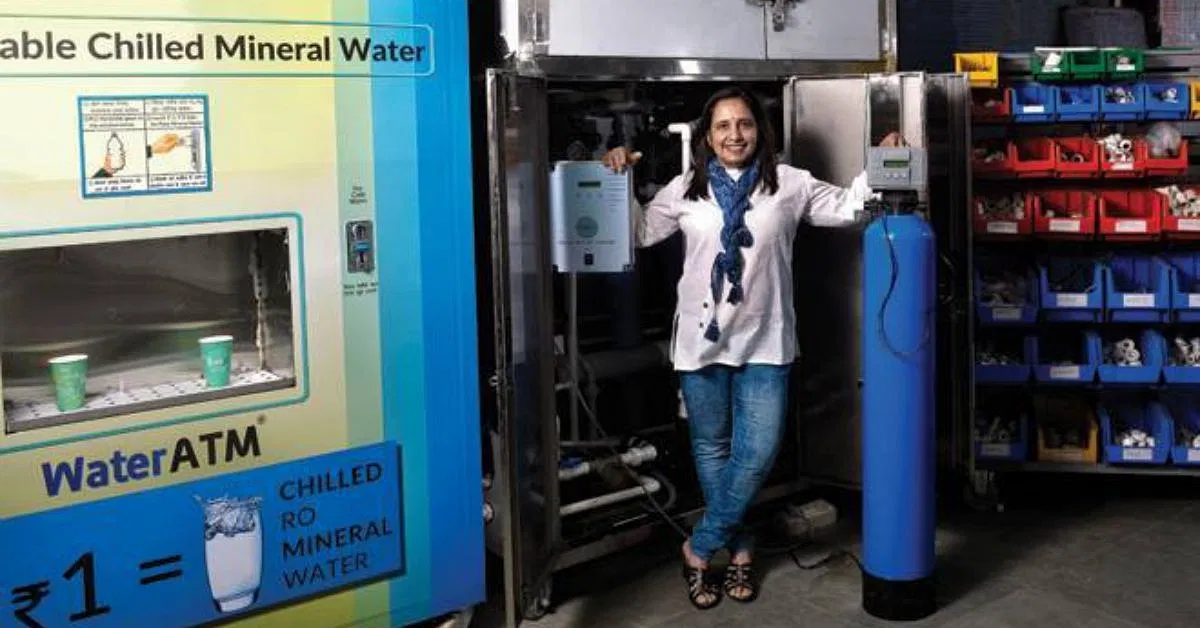
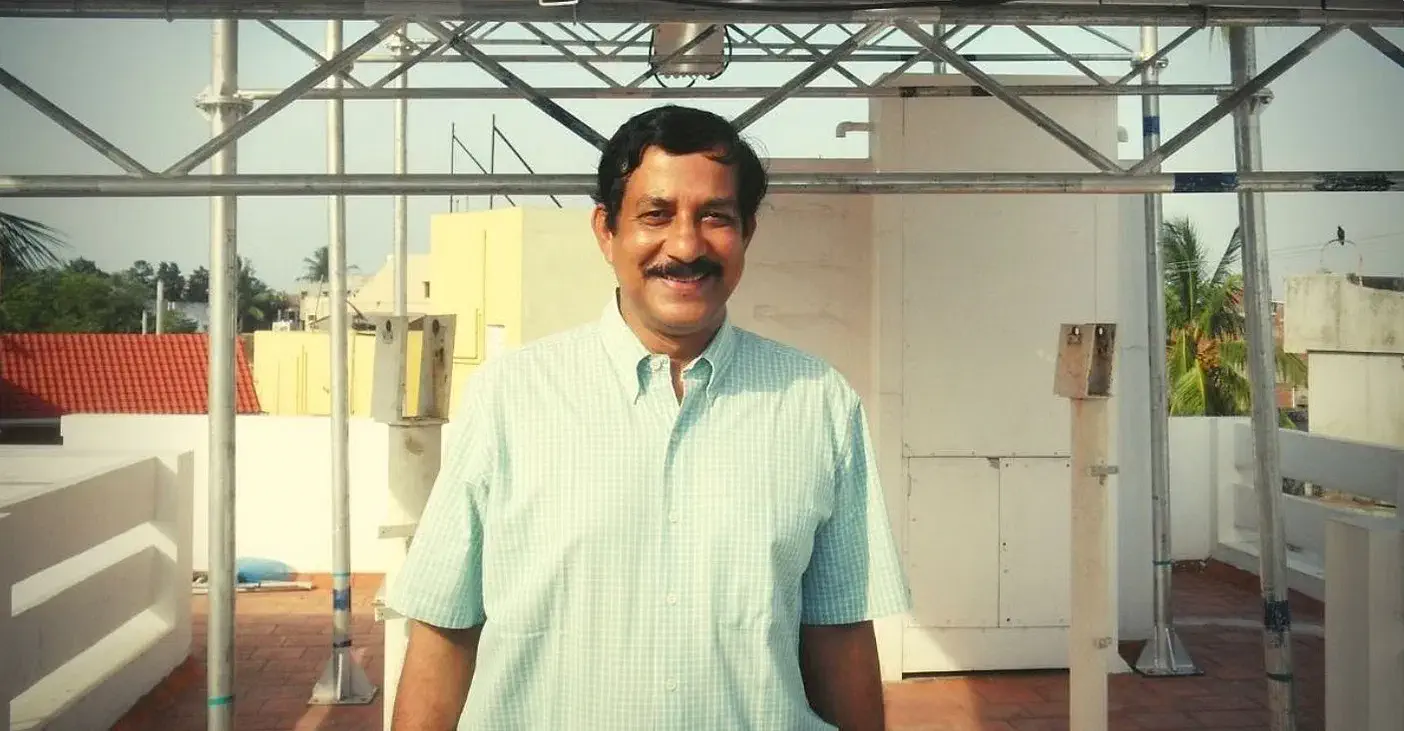

Leave A Comment
Your email address will not be published. Required fields are marked.